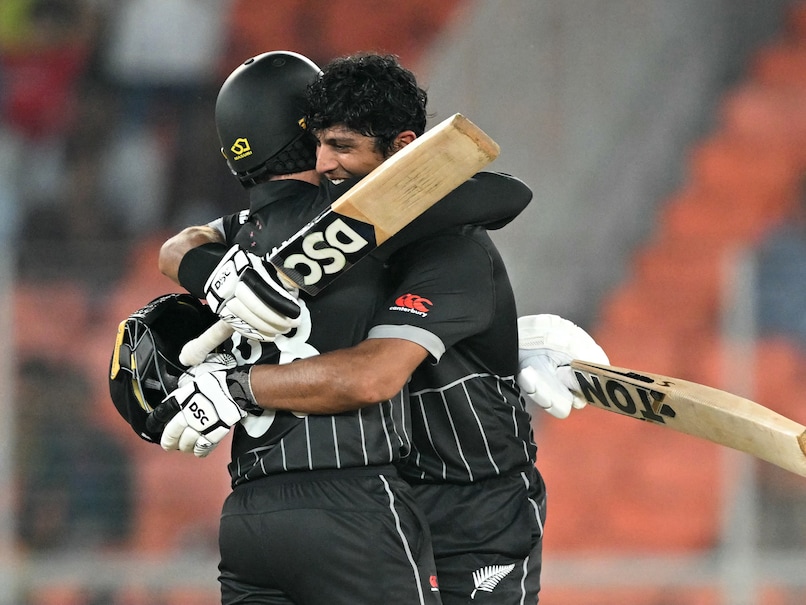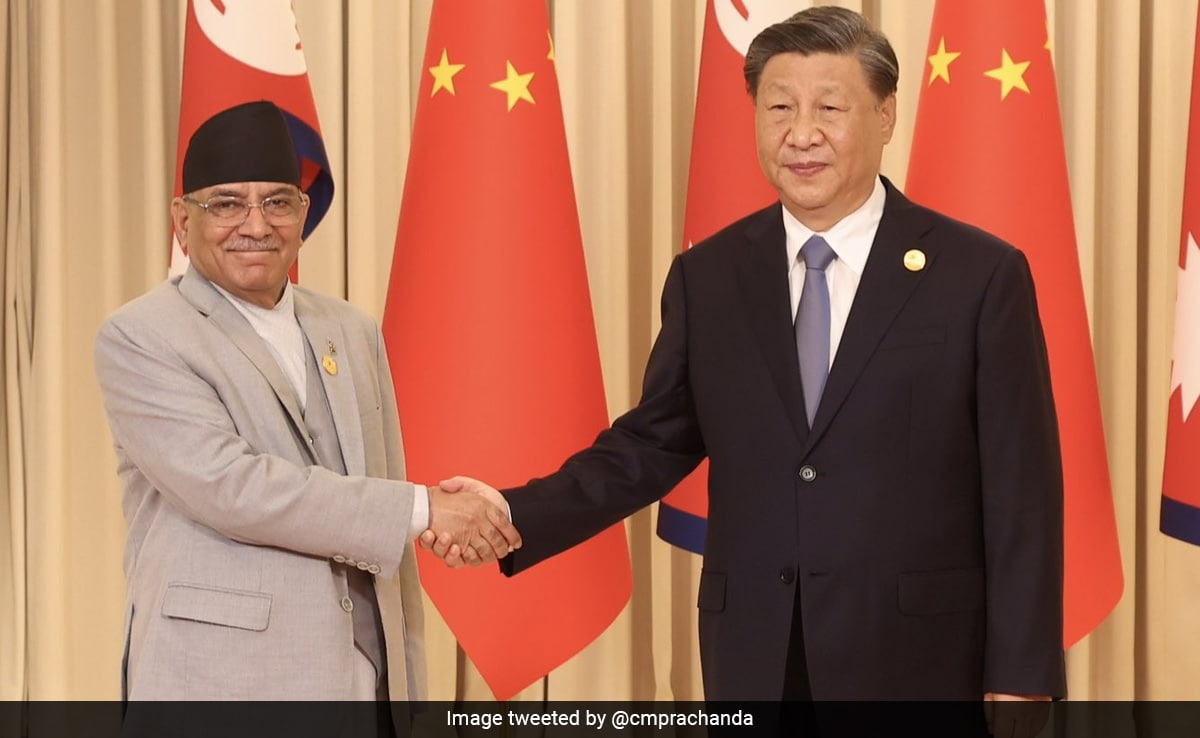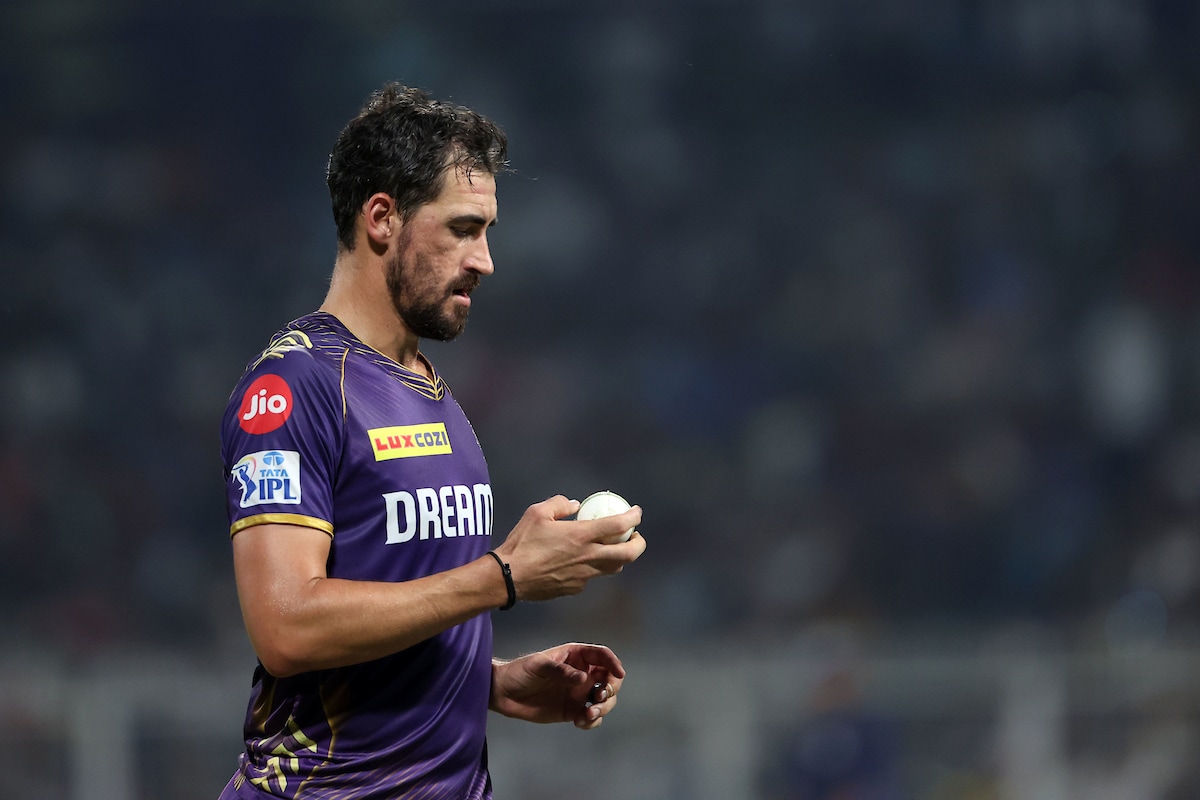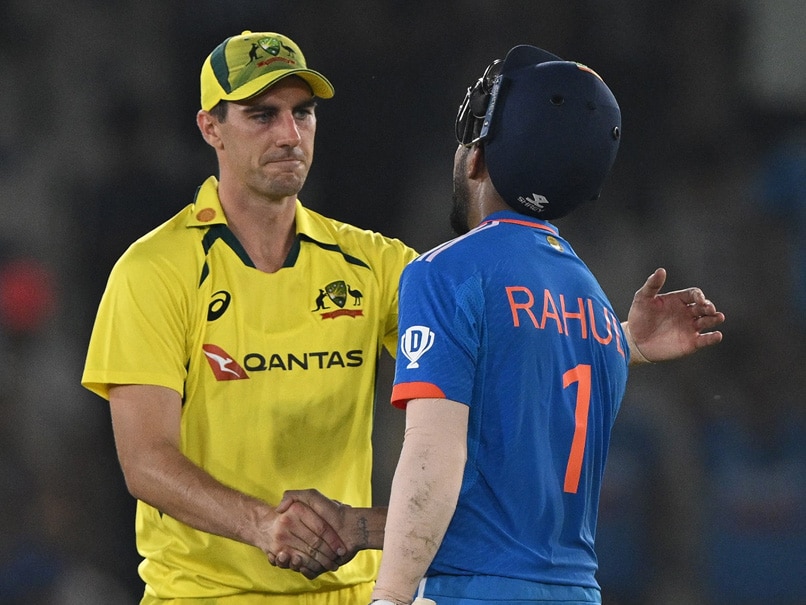Put through the wringer in the IPL, can bowlers hope to breathe a bit easy in the T20 World Cup next month? The genesis of this question lies in the transformation that T20 batting underwent in the latest edition of the IPL. The 250-mark was breached only once in the league till this season, but teams went past that point eight times in the just-concluded edition. Many of the batters who led that revolution, such as Australian Travis Head and West Indian Andre Russell, will be seen in action in the ICC showpiece in the Americas next month.
So, it’s quite natural for fans to expect another batting waltz.
But their approach cannot be as one-dimensional in the World Cup as it was in the IPL for a variety of reasons.
To begin with, teams will not have the luxury of an Impact Player in the World Cup. So, they will have to be ready to switch to an attritional style of cricket as and when the situation demands.
Mitchell Starc underlined that point after playing a big role in guiding Kolkata Knight Riders to their third IPL title.
“There is an Impact Player Rule here (in IPL) and not in the T20 World Cup. You are going to rely more on your all-rounders. You cannot put your batting all-rounder at No. 8, like you did in the IPL.
“I don’t think that you’ll see these kind of high scores in the T20 World Cup, purely because there will be one batter less,” said Starc.
In the earlier part of the IPL, Chennai Super Kings used Shivam Dube, a pace bowling all-rounder, exclusively as a batter through the Impact Player rule, though he usually walked in at No. 4 or 5 in place of a bowler.
Dube produced a couple of match-winning knocks against Royal Challengers Bengaluru and the Knight Riders.
But in the World Cup, the left-hander will have to showcase his bowling skills too to get a slot in the eleven as vice-captain Hardik Pandya plays a similar role and remains the first-choice. Skipper Rohit Sharma has made that bit quite clear already.
“I will be expecting if we need Shivam to ball a few overs, he will. Same with Hardik, he has come and bowled whenever needed. All-rounders must do that whatever their role is,” he had said after the announcement of India’s squad.
However, that’s just one part of the story. The batters will also have to negate pitches that will be very different from the ones they got used to in the IPL.
“The West Indian pitches are no longer what they used to be in the ’80s or in the ’90s. They are now slower, and at times gripping,” a veteran curator told PTI.
“I am sure the bowlers, particularly spinners, will have much more say than in the IPL, especially from the second week of the tournament.
“India have included four spinners in their squad. It was maybe because of the nature of the pitches in the West Indies. Hence, I don’t think we may see all those 250 totals there,” he added.
In the USA, only Florida has prior experience in hosting high-profile cricket matches. New York and Texas are bracing for their maiden foray into the sport Will that have an impact on the scoring rate? “Yeah! it can be as initially the teams might be looking to assess the pitch and other conditions. I think these drop-in pitches that are being used in some of these venues are more consistent than the natural pitches. So, we may see a few high scores in that round,” he said.
David Warner, who has immense experience in playing international and franchise cricket in the West Indies, concurred.
“The pitches in the Caribbean being dry, the ball will get roughed up and it’s going to spin. I don’t think they’re going to be as compact as they are here (in the IPL). The lacquer on the ball is staying longer (in IPL) and hence it’s not getting chewed up and hence very little turn on offer.
“I’ve played a lot of cricket over there and played in the CPL (Caribbean Premier League). The wickets tend to get lower and slower,” Warner pointed out.
The average run-rate in this IPL was a whopping 9.56, the highest ever in the history of the tournament, and the average score remained upwards of 180. The average first innings score in Hyderabad was in the vicinity of 230.
However, the stadiums in the West Indian islands are cut from a different cloth as some statistics will reveal.
The average T20 score in Antigua is a dawdling 123 and at Barbados it is 138. It is even bleaker in Guyana at 124, at 115 in Trinidad and at 118 in St. Vincent. Gros Islet tops the chart with a princely 139.
By the look of things, the bowlers are set to be royalty in T20 at least for a month.
Topics mentioned in this article





















